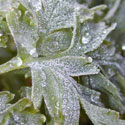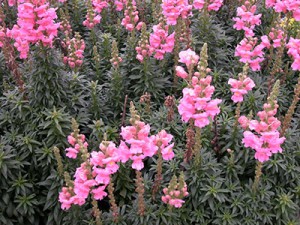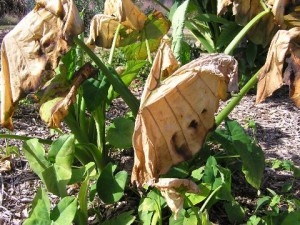Theresa Badurek, UF/IFAS Extension, Pinellas County

It’s almost winter and the cooler weather is already here. While some Central Florida winter days are warm, others can bring cold winds, frosts, and even freezes. These conditions present several challenges for the home gardener, but there are things you can do now to prepare your garden (and yourself) for the winter weather.

If you use annuals in your landscape you have several familiar options for cool weather. They include petunia, pansy, and snapdragon. As we move into the end of winter in February, you can add things like verbena, dianthus, strawflower, and lobelia. Many northern transplants enjoy winter gardening because these are some more familiar plants to them, but they don’t hold up to our heat in summer. When shopping for annuals choose compact plants with healthy leaves, good color, and lots of flower buds (they don’t have to be in bloom at the time of purchase). Protect these plants from frosts/freezes. For more information, read about gardening with annuals in Florida: http://edis.ifas.ufl.edu/pdffiles/MG/MG31900.pdf.
Another garden task for the winter is cold protection. Frosts and freezes are most likely in January and February. Landscapes have microclimates, which are areas that are cooler or warmer, or wetter or drier than the rest of the landscape. Understanding your microclimates will help you chose the best place to plant. Avoid planting cold-sensitive plants in low areas where cold settles and arrange plantings, fences, or other barriers to protect these sensitive plants from cold winds. Healthy plants in the right location will survive all conditions better, so be sure you are watering, fertilizing, and caring for plants appropriately. For more information read about cold protection of ornamental plants here: http://gardeningsolutions.ifas.ufl.edu/giam/potpourri/weather/cold_protect.html.
In the event of a frost/freeze you may need to cover sensitive plants. Remember that covering plants will protect more from frost than extreme cold. Covers should go all the way to the ground without touching the plant itself to reduce cold injury by trapping heat. Cloth sheets, quilts, plastic, or commercial frost cloths all make good covers. These covers should be removed on sunny days to avoid heating up the air underneath too much.

After the freeze is over you will need to watch for signs of cold damage on your plants, which may show up shortly after or many months later. Dead leaves that have turned brown can be removed, but wait until new growth appears to do any severe pruning.
There are lots of edibles to plant in winter as well. In December you can plant celery, cauliflower, lettuce, cabbage, carrot, parsley, thyme, sage, dill, fennel, and cilantro. In January you can plant beet, cabbage, turnip, lettuce, potato, broccoli in the vegetable garden. In February you can start to plant warm season crops such as bean, pepper, cucumber, tomato, and squash. For more information about vegetable gardening in Florida visit: http://edis.ifas.ufl.edu/pdffiles/VH/VH02100.pdf. For herb gardening information visit: http://edis.ifas.ufl.edu/pdffiles/VH/VH02000.pdf.

Winter in Central Florida is also a good time to plant bulbs. In December Amaryllis is a popular holiday plant; it can be forced to bloom in December or planted in the landscape to watch it bloom in the spring. In January and February you can plant crinum, agapanthus, and gloriosa lily (Jan.), and Amazon Lily (Feb.) bulbs. Be sure to give them a protective layer of mulch against the cold. Most (but not all) bulbs require full sun and a well-drained soil, so choose your location carefully before planting. To learn all about growing bulbs in Florida visit: http://solutionsforyourlife.ufl.edu/hot_topics/lawn_and_garden/bulbs.html.
Lawn and landscape plants are dormant this time of the year and need only minimal irrigation. Watering every 10-14 days should be sufficient for most of the landscape in winter, but watch for signs of drought stress. Putting your irrigation timer on manual and watering only when needed is recommended. Always follow local watering restrictions.
January is the best time to prune non-spring flowering shrubs and trees for structure. Good tree structure is critical to avoid future damage- to your plants as well as your property and family. For more information on pruning trees and shrubs visit: http://edis.ifas.ufl.edu/pdffiles/MG/MG08700.pdf.
 0
0
